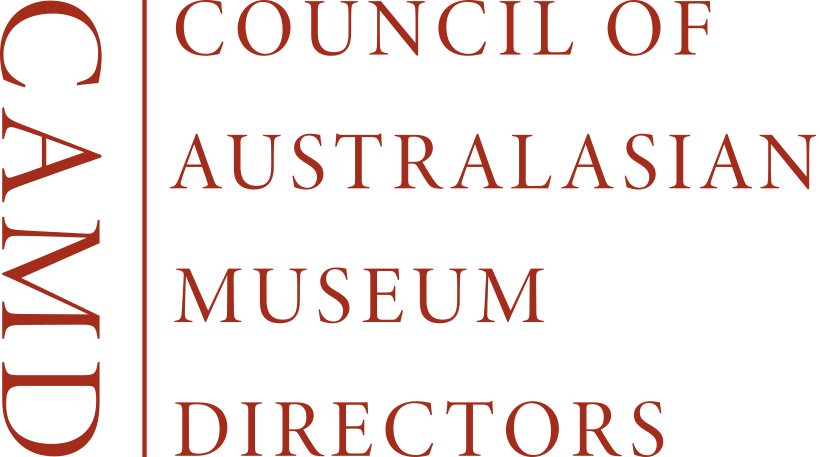Selina Ross, Survivor recalls Tasman Bridge disaster 50 years after ship cut Hobart in two, ABC News, 5 January 2025

As Frank Manley drove onto the Tasman Bridge 50 years ago, he had no idea that a fully laden cargo ship had just crashed into it, leaving a 127-metre gap.
It was a drizzly summer’s evening, approaching dark.
Frank was driving his family home to Cambridge from the Huon Valley.
He hadn’t even seen the ship.
On January 5, 1975, the SS Lake Illawarra was en route to Risdon with a cargo of zinc concentrate.
As it approached the Tasman Bridge, the captain lost control and the ship struck the bridge, halfway between the central navigation span and the eastern shore.
Parts of the bridge fell onto the 135-metre-long vessel and it quickly sank.
As Frank drove over the crest of the bridge, he and his wife noticed the white lane markings were missing up ahead.
He hit the brakes, and the car skidded on an angle towards the gap, catching on its edge.
Frank’s wife, daughter and brother-in-law all escaped through the passenger door.
When Frank opened the driver’s door, most of the space below the opening was a drop to the river below.
“We got out of the car very quick because the car was pivoting, the car was like a seesaw, it was rocking back and forth,” he said.
“I got out my door, but when I got out there was nothing to tread on, I more or less had to swing myself toward the rear of the car.”
There’s still a scratch on the roof of the car left by Frank’s steel watch band when he hooked his arm up to hoist himself out.
The family ran up the bridge trying to warn other drivers to stop.
“Sharon [Frank’s daughter] ran up the bridge, and she got up over the crest of the bridge when a bus came along, and she tried to stop the bus,” he said.
“The bus driver told her to go, get out of the road. [But] he realised when he got to the top and saw it.”
Even the police initially thought the triple-0 call was a prank.
Frank had bought his green HQ Monaro less than three months before the bridge disaster.
He had wanted to buy a manual car.
“The manager said, ‘I’ve got just the car out the front for you’. I said, ‘What is it?’ and he said, ‘A nice green Monaro’, I said, ‘It’s bloody automatic.'”
But Frank was swayed by the sales tactics, and he left with the automatic.
Frank credits that feature with saving his life, and that of his family’s.
It was the automatic transmission box — much larger than a manual’s — on the bottom of the car that caught on the broken edge of the bridge.
Frank Manley’s Monaro is removed from the edge of the Tasman Bridge (no sound). Has Video Duration: 47 seconds. Watch
Twelve people died that night. Seven were crew members of the Lake Illawarra and five died in the four cars that drove over the edge.
The Marine Board of Inquiry found captain Boleslaw Pelc guilty of careless navigation.
A city left ‘powerless and bewildered’
The gap in the Tasman Bridge split the capital city and irrevocably changed Hobart.
In 1975, Hobart’s development was very lopsided with all its hospitals and most schools, businesses and GPs in the CBD.
But around a third of Hobartians lived across the river on the eastern shore.
The loss of the Tasman Bridge turned what had been a few minutes’ journey into town into a 90-minute-long drive via the Bridgewater Bridge.
The Bowen Bridge that now sits between the Tasman and Bridgewater spans had not yet been built.
The impact on the city of Hobart was so great that the Australian Institute of Criminology in Canberra wrote a lengthy report on the aftermath, looking at the effects it had on society.
The authors wrote that it was obvious to the public that their lives would be seriously disrupted.
“They were powerless and bewildered,” it said.
“The 1967 bushfire disaster was still in peoples’ minds, and the new crisis triggered off emotionally charged recollections of their past experiences.”
The lengthy wait twice a day to catch a ferry was seen by the authors as helping the city’s healing.
“The ferry queues, tedious as they were, gave some catharsis and strangers had a common levelling field. They all wanted to talk about the same subject, to put their fears into perspective and to project their difficulties onto a series of scapegoats, from the captain of the ship to alleged bureaucratic bungling.”
But it also found that queue and ride time increased alcohol consumption and smoking rates and decreased family and leisure time.
The report found full-time working women with families were amongst the hardest hit of all the eastern shore residents, with many having to quit their jobs, in part because it was too hard to manage longer workdays with childcare hours.
Author Jenny Williams was then a new migrant living in Rokeby on the eastern shore and working in the city.
The collapse and its aftermath featured heavily in her memoirs.
Ms Williams said the long queues to catch the ferries became social engagements.
“Because it was a couple of hours we were in that queue, you’re looking here and there, you were looking how the women are dressed, how the men are dressed,” she said.
And it was on one of those ferry rides she met the man she would later marry.
“You spend 20 minutes on the ferry and you stand next to each other and you push together because of the ferry’s movements so we started talking,” she said.
“I thought he was the nicest looking man I had ever seen.”
Lasting impact on the city
The wreck of the Lake Illawarra remains where it sank.
The shipwreck and the extensive bridge debris sitting underwater impacted the reconstruction of the bridge, forcing a redesign for the replaced section.
The unplanned bridge closure was used as an opportunity to add a fifth lane, using the pedestrian walkway space.
New paths were built projecting outwards on steel cantilevers, narrow pathways that still cause consternation for pedestrians and cyclists.
On Saturday October 8, 1977, after nearly two and a half years of reconstruction, the Tasman Bridge was reopened.
Half a century on from the collapse, a fear of crossing the Tasman Bridge remains for some Hobart residents.
“I had nightmares for a while,” Frank Manley said.
“Gotta live with it, I suppose. I don’t go [over the bridge] much.”
Both cars from the Tasman Bridge disaster feature as part of the On The Edge exhibition at the Tasmanian Museum and Art Gallery from January 3 to January 12.
See also:

